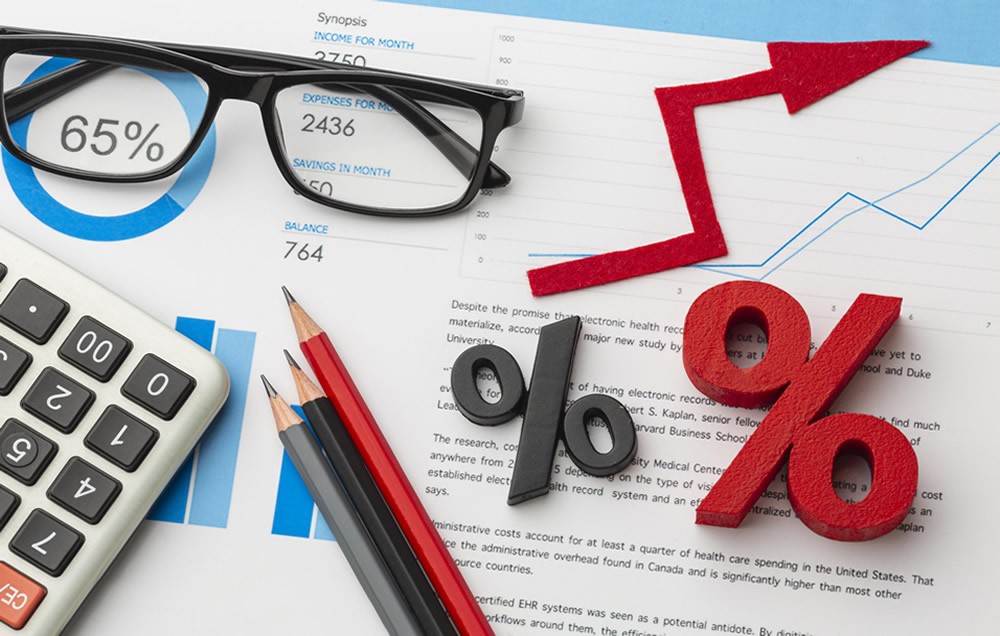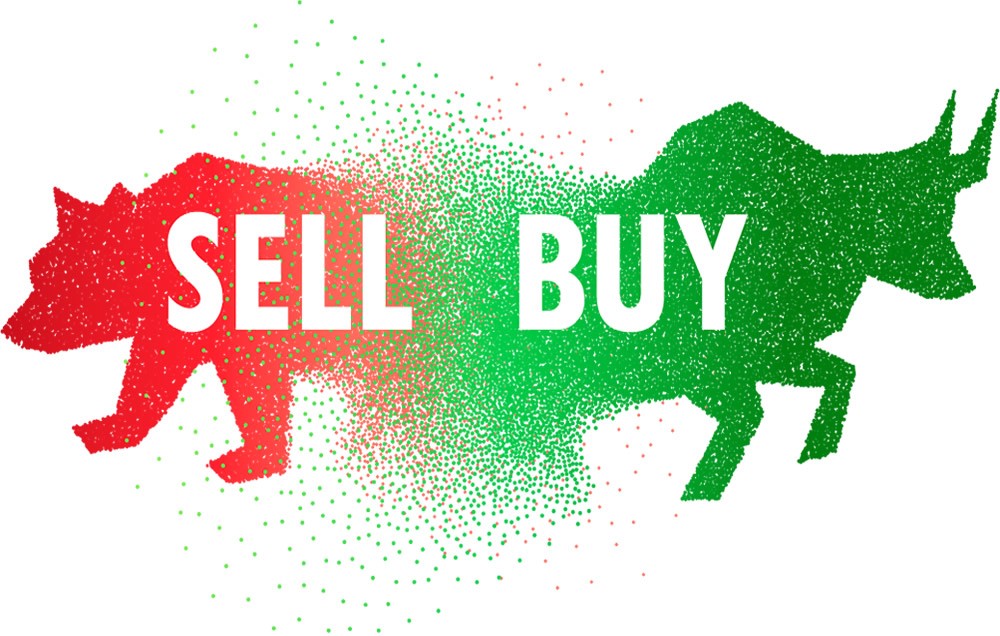
How Fed Interest Rate Hikes Could Impact Investments
With inflation reaching historic highs in 2022, the Federal Reserve has been aggressively raising interest rates to try to cool down the economy. This dramatic monetary policy shift is expected to continue, leading to much market speculation around how higher rates could impact investments. The Fed uses interest rates as its main tool to maintain stable prices and maximum employment. As inflation started accelerating rapidly last year, the Fed moved to reverse pandemic-era rate cuts and tighten policy. So far in this cycle, rates have already moved from near zero up to a range of 3% to 3.25% - the highest since 2008. Further hikes are widely anticipated in 2023 as the Fed remains committed to lowering inflation to its 2% target. This rising rate environment has key implications for investors:
Stock markets tend to experience more volatility and greater risk of declines when rates are very low or very high. Prolonged hikes may pressure equity valuations. Higher yields on low-risk assets like bonds, CDs, and savings accounts increases competition for stocks. This could suppress stock demand. Companies’ borrowing costs rise with higher rates, potentially denting profits. Rate-sensitive growth stocks often underperform. Conversely, rate hikes may strengthen the U.S. dollar, benefiting export-focused large cap companies.
Real estate and other interest rate-sensitive assets could decline as financing becomes more expensive. While the impacts will vary across sectors, investors should prepare for an extended period of Fed tightening to constrain inflation. Maintaining a diversified portfolio with limited duration risk can provide stability amidst the turbulence. Paying close attention to economic data and Fed statements will be key to navigating markets in 2023.
All comments
Comment not found

